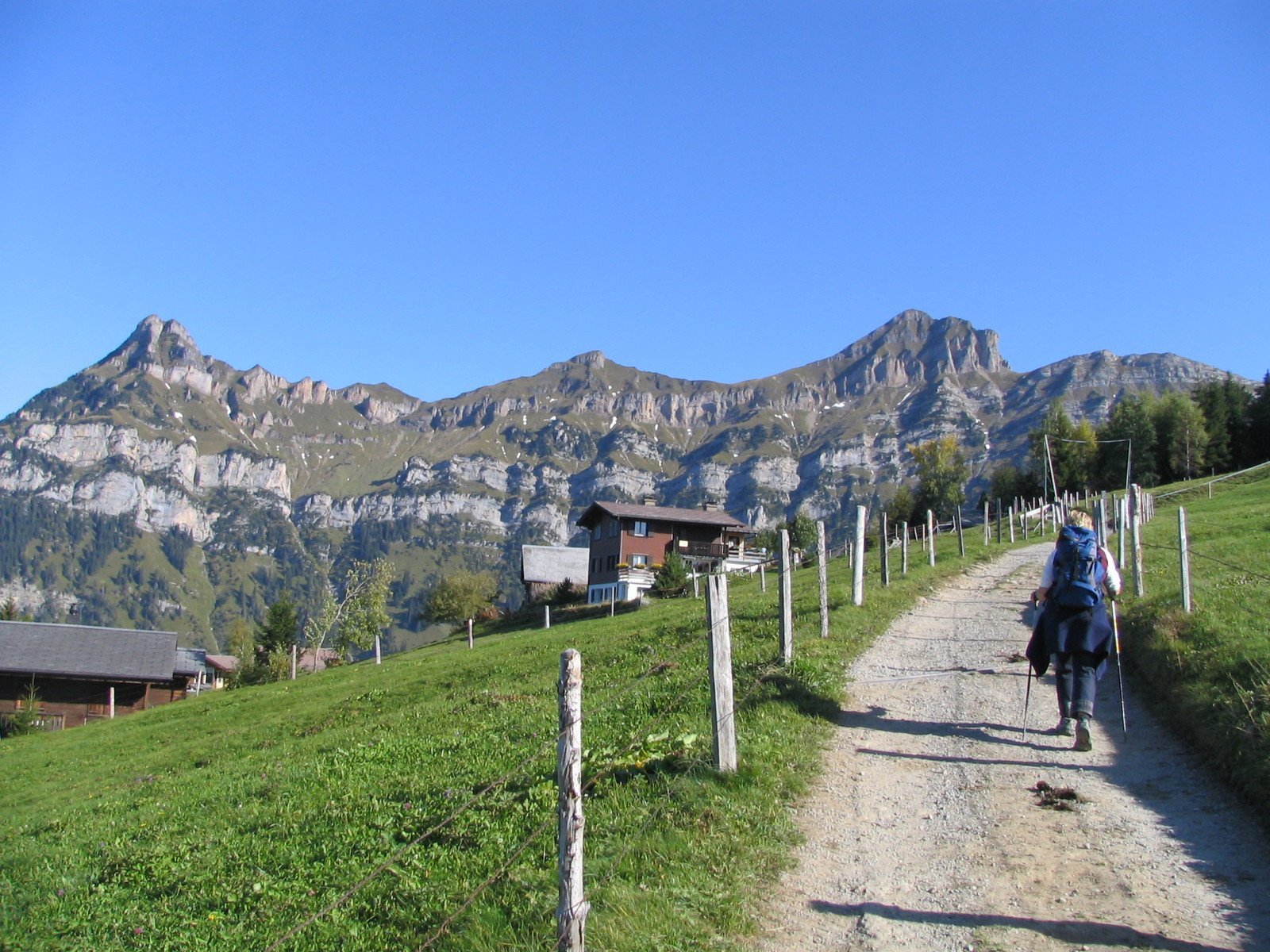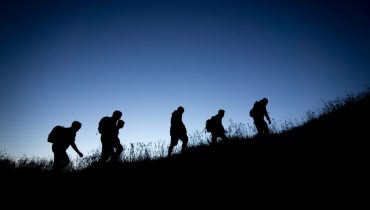Most people enjoy a casual stroll in the countryside, but long-distance hiking on any terrain requires preparation. Aside from comfortable boots and perhaps a decent pair of hiking poles, what gear does the hiker need? This article finds out.

Map
The most basic of equipment for a hiker is a topographic map which helps you visualize the terrain before setting off and navigating along the way. Beginners should stick to well laid-out trails at first and improve their navigational skills before tackling complex routes.
Mapping apps for smartphones are also popular, with the obvious caveat that you don’t want to quickly run down your battery and be left without a means of communication. You can also use an app to connect you with a GP within minutes, in case you’re suddenly feeling unwell.
Compass
A compass used in conjunction with a topographical map may help you find your way out of a tricky situation, and could even save your life. Features which a hiker’s compass should include are declination adjustment, rotating bezel for measuring azimuth and a ruler for measuring map distances.
Sun Protection
Sun protection is essential for the hiker in the form of sunglasses, sun creams and a hat. The risk of skin cancer is real if you spend many hours in the sunshine, particularly from UVA rays. UVB rays are the cause of sunburn, which is debilitating in excess. Polarized sunglasses cut out glare and give hikers a greater depth of vision.
Extra Clothing
Cold is a serious adversary to the hiker. One way to combat cold is to keep moving since movement creates a lot of warmth in the body. But if it’s freezing and/or you have to stop for rest, it helps to be carrying multiple layers of clothing which you can wear all at once if necessary. Fleece vests, pullovers and jackets are common, as well as rain gear and windproof garments.
Headlamps and Torches
 A headlamp is ideal when hiking for the same reason; it’s always useful to keep your hands free and naturally track where you’re looking. The LED technology has enabled long battery life in torches and headlamps as well as being particularly resilient to knocks, vibration and cold. It’s ideal for outdoor living. A high Ingress Protection rating ensures that even torrential rain will not reach the electronics.
A headlamp is ideal when hiking for the same reason; it’s always useful to keep your hands free and naturally track where you’re looking. The LED technology has enabled long battery life in torches and headlamps as well as being particularly resilient to knocks, vibration and cold. It’s ideal for outdoor living. A high Ingress Protection rating ensures that even torrential rain will not reach the electronics.
A small torch is also a good choice for hiking, either alongside a headlamp or instead of one. Again, an LED flashlight is ideal. Aside from the benefits already mentioned, LEDs have well-controlled beams which do not waste light. Torches tend to have narrower beams than headlamps.
Other Items
Other items a hiker should always carry, include a fire starter, matches, a knife, first-aid kit and abundant food and water. The more prepared you are as a hiker, and the more skill you acquire, the easier it is to enjoy your surroundings.



